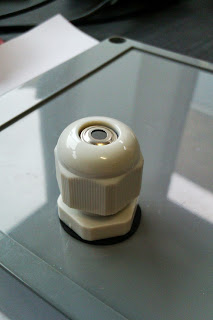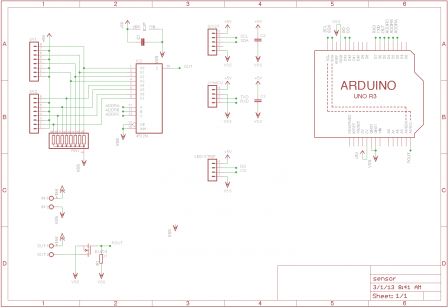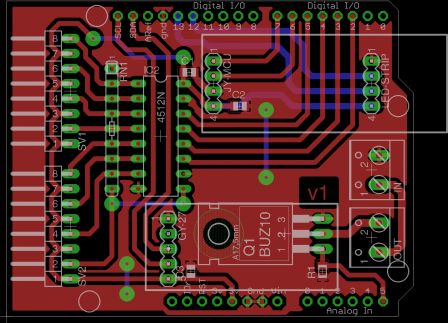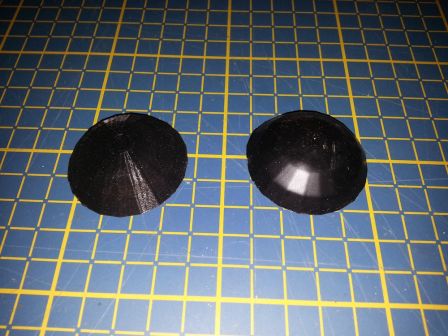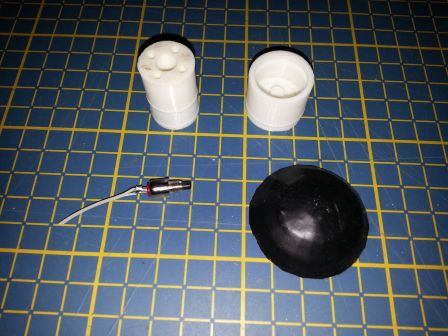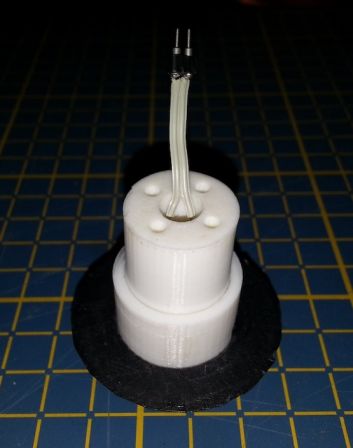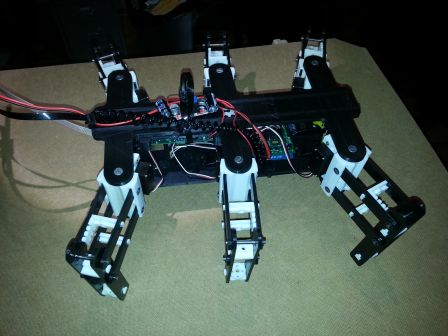One method to drastically reduce the number of cracking attempts is to restrict access to the SSH server by IP address. This can done be done either by editing the SSH config file or by using configuring iptables. However this method requires valid users to have static IP addresses, something which most home users don't have. In many cases public key authentication is a better choice.
Use public key authentication
A better method to stop attackers from using random username and passwords is to switch off password authentication entirely and require public key authentication instead. Attackers will not be able to try random username/password combinations and will not create 'noise' in the log files. Valid users will still be able to connect.To describe how this can be set up assume we wish to protect a computer with a static IP address called server. We wish to access it from another system called laptop, (which may be using a dynamic IP address). The account on server that we will access is dave. We'll assume that the SSH configuration file is /etc/ssh/sshd_config. Adjust these names to suit your setup.
Firstly, on laptop create a public/private key pair.
ssh-keygen -t dsa
A passphrase is not required although it is a good idea. On server make sure a ~/.ssh directory exists with the correct permissions:
mkdir ~dave/.ssh
chmod go= ~dave/.ssh
Using your favourite editor (emacs of course) paste the contents of the public key into the ~dave/.ssh/authorized_keys file on server. Putty users may find the instructions at http://www.howtoforge.com/ssh_key_based_logins_putty helpful. Check that you can log into server without requiring your password. If you are going to configure server remotely ensure you can log in without needing your password, otherwise you will lock yourself out! If you set a passphrase you will need to type that.
Configure the server
The key requirement for the server configuration is that by default password authentication is turned off. Find the line in /etc/ssh/sshd_config which sets password authentication. Make sure it is set toPasswordAuthentication noIf necessary remove any leading # character. Whilst editting /etc/ssh/sshd_config its a good idea to disable empty passwords and root logins, ensure the following lines are set
PermitEmptyPasswords noIf you need empty passwords or root logins from specific hosts this can be overridden later.
PermitRootLogin no
Enable password authentication for trusted hosts
Once password authentication is disabled users on a multi-user system will have a problems copying their keys to grant them access! Exceptions can be made for trusted static IP addresses so that users can copy their public key. Assume we trust all IP addresses in the subnet 192.168.1.0/24. Passwords can then be enabled by simply adding the following lines to the end of /etc/ssh/sshd_configMatch Address 192.168.1.0/24
PasswordAuthentication yes
Enable root logins
Suppose a root login using password authentication is required for one host only (192.168.1.123). Add the following lines to /etc/ssh/sshd_configMatch Address 192.168.1.123
PasswordAuthentication yes
PermitRootLogin yes
Summary
These simple steps keep your SSH server accessible from everywhere but greatly reduce the likelihood of a successful brute force attack. The Match keyword requires openssh version 4.4 or later.



